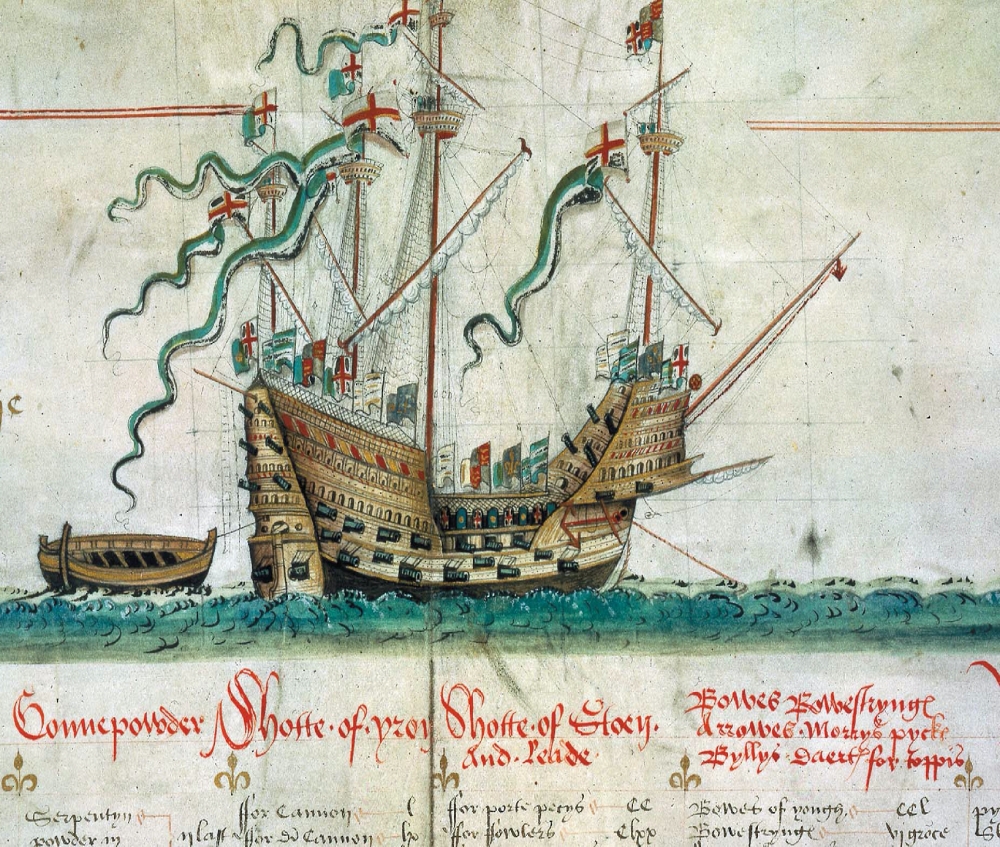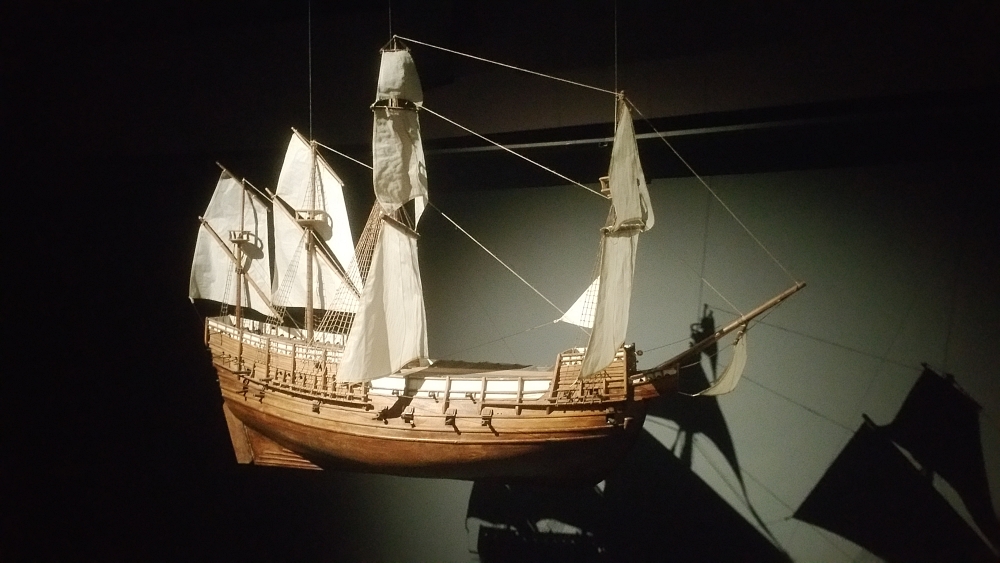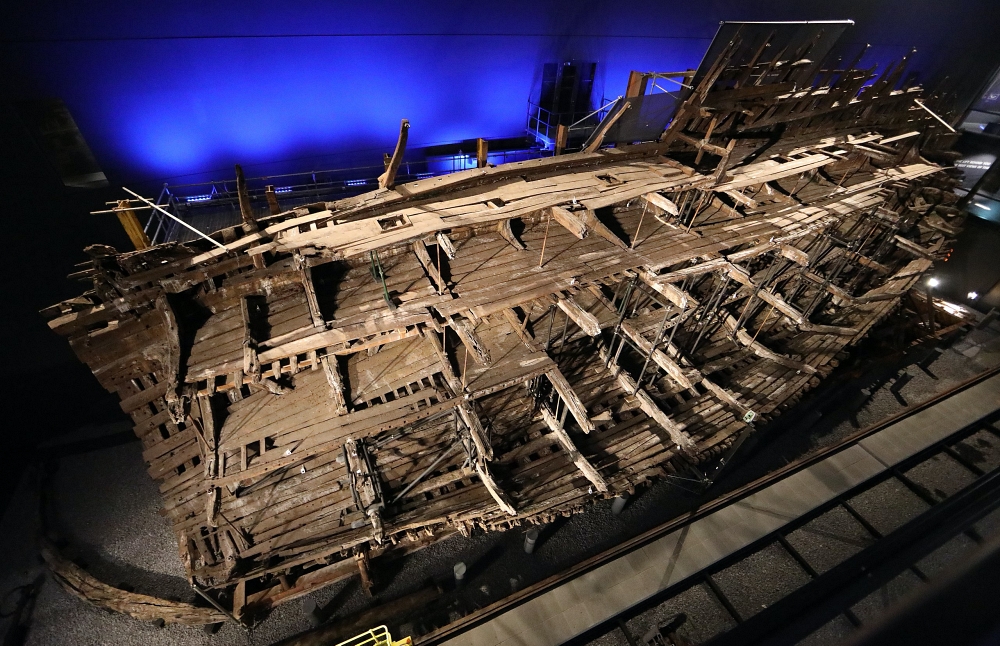Famous “Cloth of Gold” Ship Decaying Due to Bacteria Poop
That anything remains of this wooden ship at all is astounding.
The Mary Rose has been referred to as the “Cloth of Gold” ship thanks to its role in the Field of the Cloth of Gold, a royal meeting between English king, Henry VIII and French king, Francis I of France, in 1520. The ship, which has been also been called a “floating castle”, was triple-decker wonder used to carry an obscene amount of goods to the display of wealth that was the transnational event. Ironically, now what remains of the ship is being damaged by poop from bacteria.

The Mary Rose was built for a young King Henry VIII and was in service the majority of his reign. A brother ship was also built, called the the Peter Pomegranate.
The Mary Rose went down in 1545 near the Isle of Wight, though accounts vary on why it sank. Differing testimonies and theories alternately hold that too much water got in through the many gun ports, or there was subordination on the ship that led to sailing problems, or that the ship underwent damages from French fire in a naval skirmish. In any case the ship sunk very quickly, taking 179 people to their watery deaths. 16th century attempts to pull the downed ship from the water were unsuccessful.

The shipwreck was rediscovered in 1971 and pulled from the ocean floor in 1982 after 437 years at the bottom of the ocean. During that time the wood of the massive ship was exposed to a variety of animals and wildlife, including becoming host to variety of anaerobic bacteria that live without air underwater.
The upper and outer portions of the ship have been eaten away over the centuries by ship worms and other organisms. What remains is the hull, showing how the majestic ship was constructed. The ship has been on display to the public for many years now.

Since then the ship has undergone various conservation efforts in order to slow the decay of the wooden hull. Among these efforts are close examinations of the wood and in a recent study published in the scientific journal, Matter, it was revealed that widespread distribution of nanoparticles of sulphur were found on the shipwreck, a byproduct of years of bacterial contact with the wood.
Scanning electron microscopy and energy-dispersive X-ray spectroscopy were used to map areas of the ship that contained the foreign compounds of iron oxide and iron sulfide for metal pieces that decomposed in the ocean alongside the wood. Zinc sulfide was also found in the wood, presumed to be from centuries of bacterial waste accumulating on and in the wood.

In the 1980s the hull of the Mary Rose was sprayed with polyethylene glycol, a petroleum by-product that was intended to preserve the wood. Now that is breaking down as well. An estimation by the paper’s authors places the amount of sulphur, iron oxides, and polyethylene glycol breakdown on the hull at several tons, showing how widespread problems like this can be on shipwrecks.
Bacteria is expected to potentially obliterate what’s left of another shipwreck, the Titanic, in the next 20 years. But, even if it had been recovered there likely would have been ongoing problems like those of the Mary Rose.
SKM: below-content placeholderWhizzco for DOT

